About a month ago, my good friend from home, Kasey, came to Seoul for a long weekend on her way home from China. Kasey is the only person from home to have come visit me, and I was very excited to finally have the opportunity to share my favorite parts of Seoul with someone who had never experienced the city. We managed to fit a lot into her short stay, mostly revolving around eating and drinking (which will be blogged about later), but we also made time for some good ole’ sightseeing.
Having people come visit is a great motivator to finally see things you’ve had on your to-see list for a while. One place I’d been meaning to check out for a while was Bukchon Hanok Village, but as any expat will tell you, the longer you live somewhere, the less you feel like doing “touristy” things. So, I’d let it linger on a list in my iPhone’s notes section next to the a trip to the war museum and trying samgyetang. With an empty Sunday afternoon in the midst of my probably over planned weekend, I figured it would be the perfect time to check out Bukchon Hanok Village.
Bukchon Hanok Village is a traditional Korean village located in the center of Seoul, between Gyeongbokgung Palace, Changdeokgung Palace, and Jongmyo Shrine. A hanok is a traditional Korean home built in a distinctive style relative to its location. Hanoks are environmentally friendly structures made of soil, timber, and rock and are easily recognized by the curvy edge to the roof, called a cheoma.
While hanoks have lost popularity in the modern era of Korea (a lot more people can live in a tall, white apartment building), Bukchon has been carefully preserved for over 600 years. And although it is seen as a tourist attraction, Bukchon is still a fully functioning neighborhood with people living and working there, and not in the fake, touristy way you find in many historical villages.
The best way to see Bukchon Hanok Village is to wander up and down the narrow alleys. Notice the different details on each hanok’s door, admire the intricate architecture of a bygone era, and peek between the houses for view of modern Seoul below.
We decided to do just this, and made our way without a map. We started to follow signs to an observatory under the assumption that it would be some sort of free lookout platform. Naturally, this wasn’t the case and we ended up in the lobby of a small, modern apartment building with a sign that said, “Bukchon Observatory: 3,000 won.” I’m not sure why I decided paying a visit to this place would be a good idea, but I did, and I convinced Kasey and Tara it would be too.
We made our way up the four flights of stairs and into a converted apartment. A man took our money and offered us coffee or juice. A group of three people sat on a small balcony and traditional Korean music played softly throughout the room. The whole situation felt odd, so we snapped a few pictures and continued on our way.
Soon we stumbled across the main drag of Bukchon Hanok Village, Gahoe-dong Street, better known as “museum street”. The English speaking guide at the top of the slanted lane told us this is the most famous street, though I’m not entirely sure why. I have a suspicion it has something to do with some K-dramas that have been filmed there, though.
There is some concern that Bukchon is becoming too commercial, with the rise of coffee shops, restaurants and hanok homestays offered in the village, as well as the influence of Korean pop culture on the neighborhood. Thus, it is important to remember when visiting Bukchon that people still live in this neighborhood, and the majority of these hanoks are people’s homes. Respect the neighborhood, the people who live there, and the history of the hanok.
Visitor information: To get there take Line 3 to Anguk Station and go out Exit 3. Because it is a village, there are no hours, but remember that people are living in many of these homes. I’d suggest going on a weekday if possible to avoid crowds.

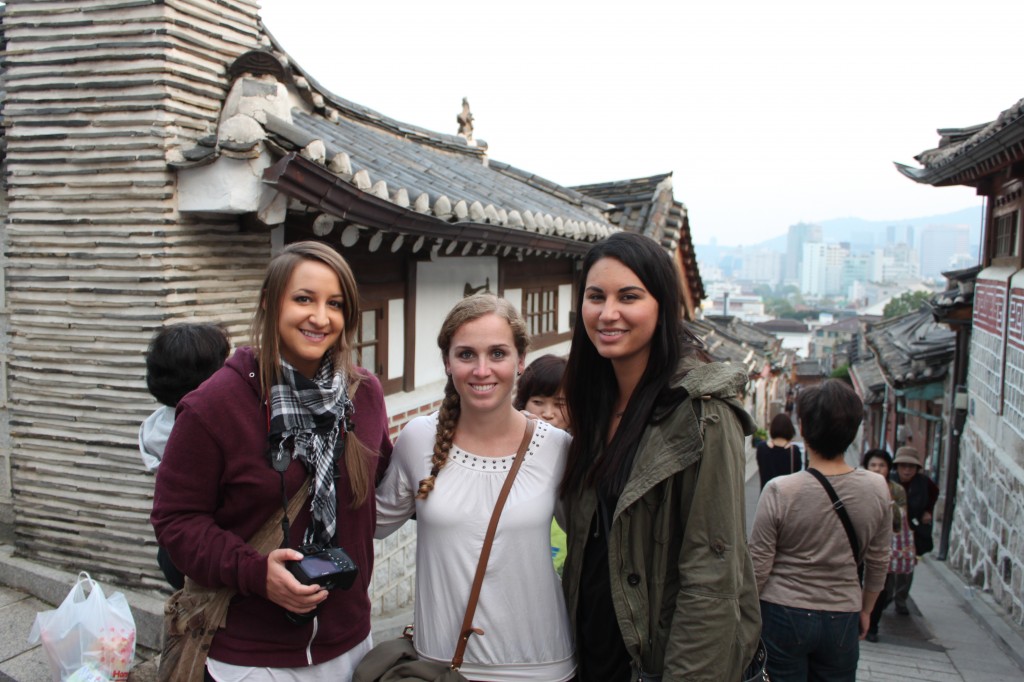
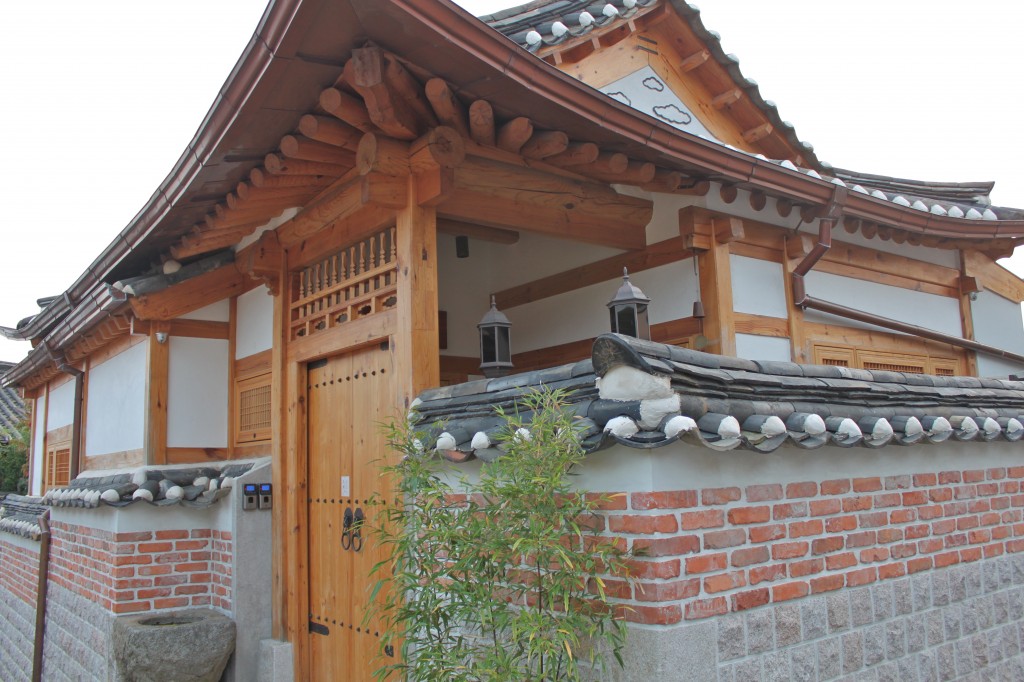
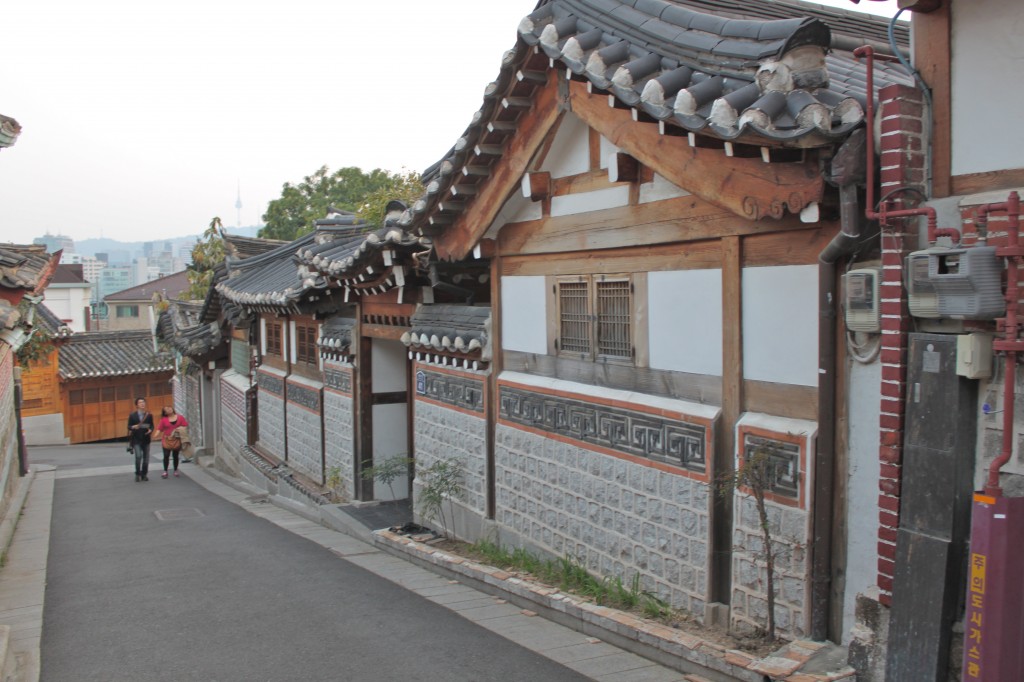

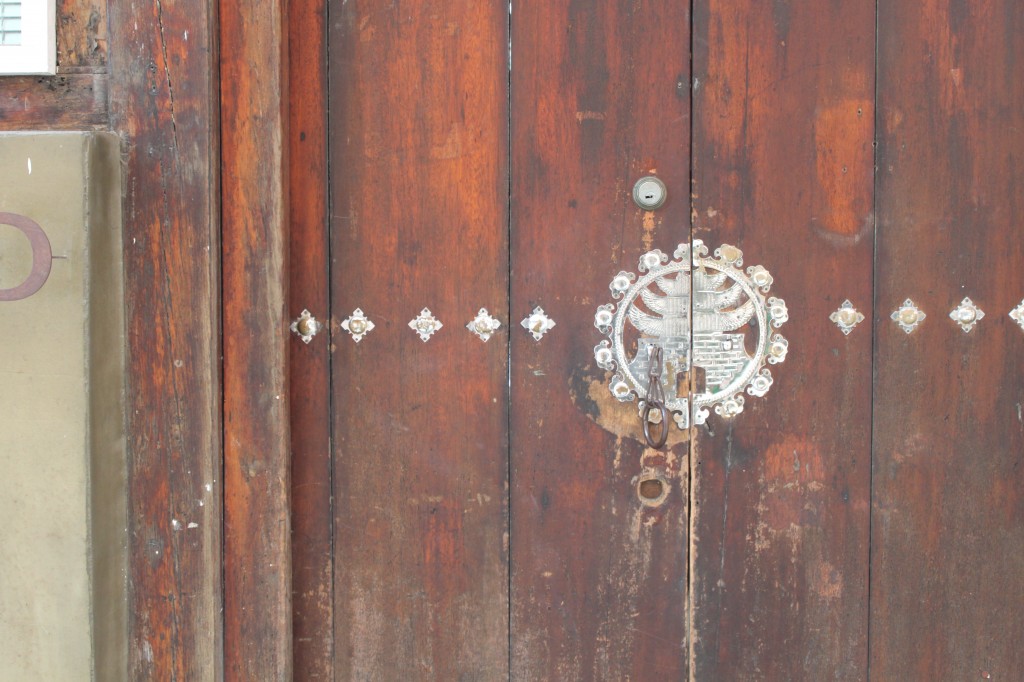
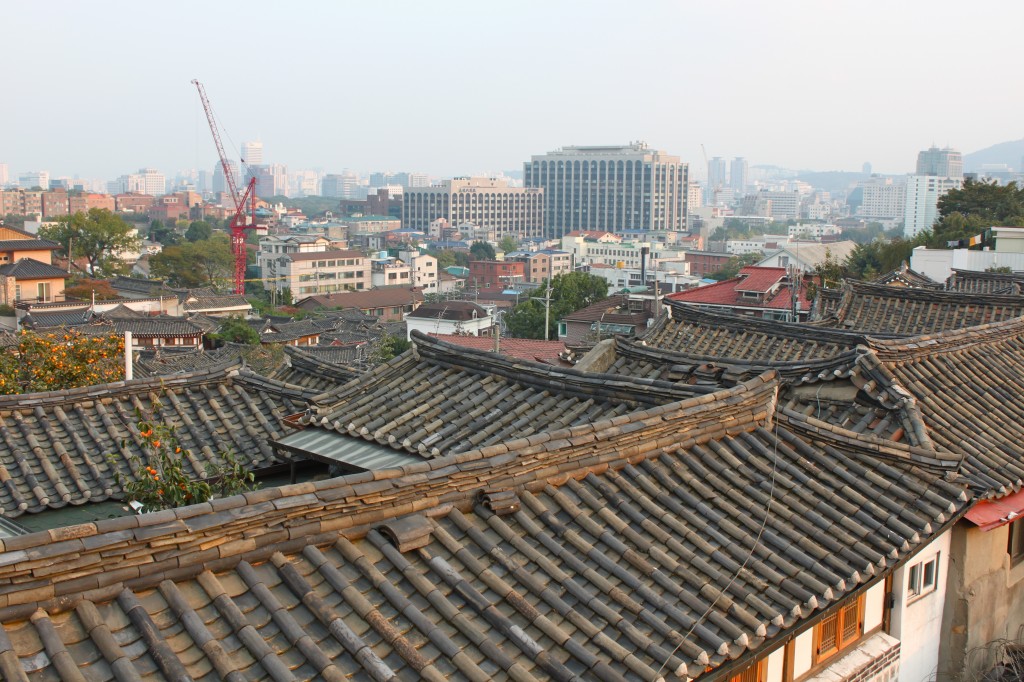
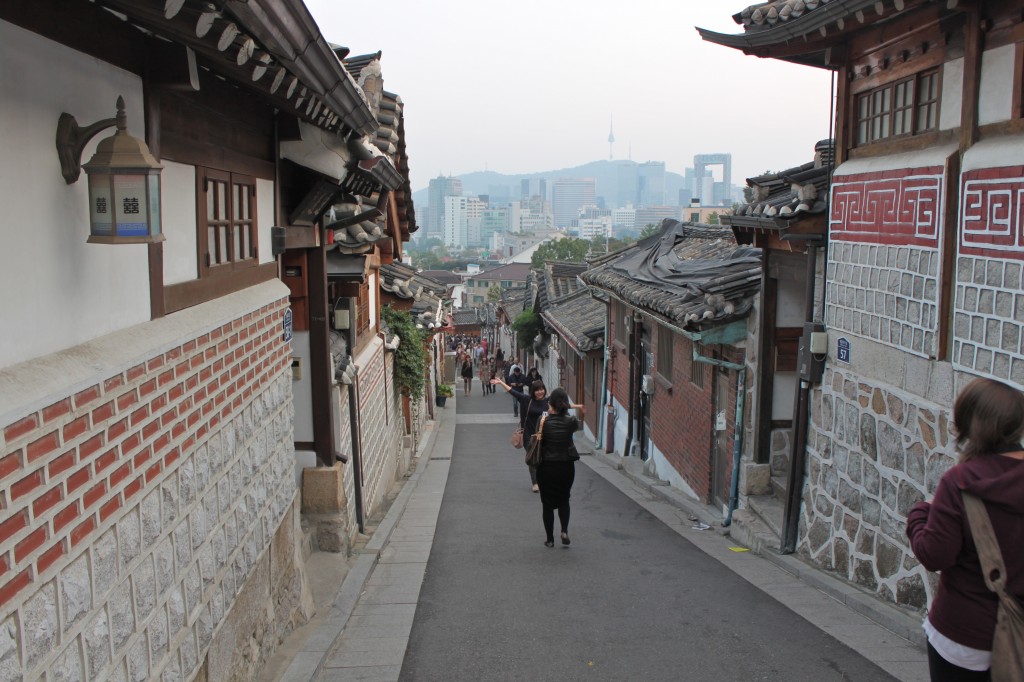
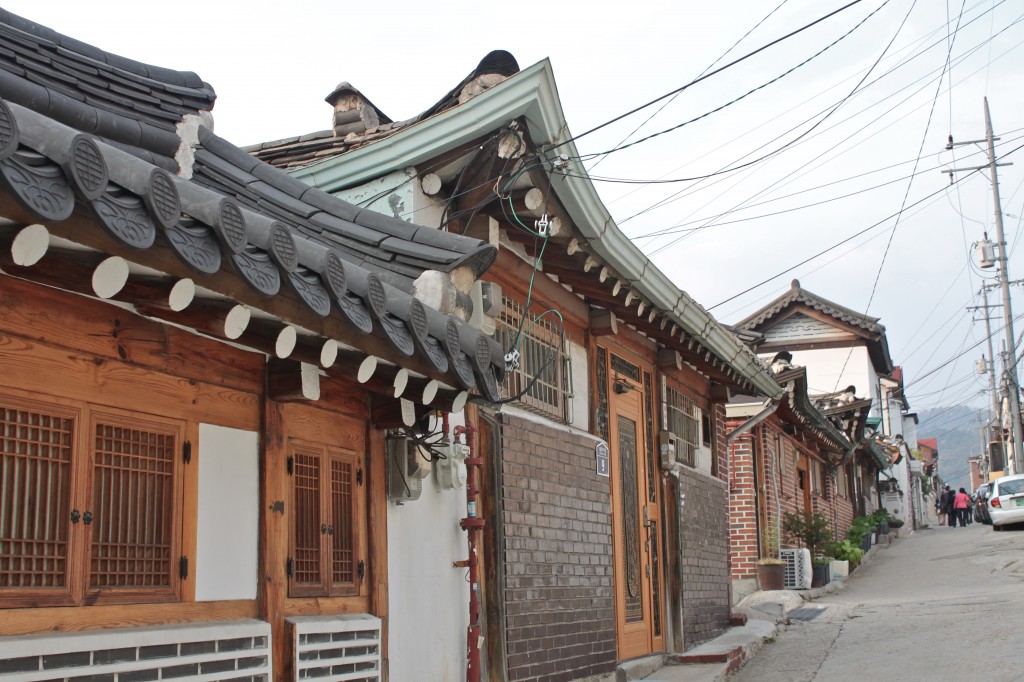


Cool! We just got back from Jeonju’s big hanok village (it was awesome!!), but I haven’t been to the one in Seoul yet. Looks like it’s time to check it out! (but not the observatory. haha)
Vanessa recently posted..Halloween Market Day Craziness 2012
I really wanted to go to Jeonju, but I don’t think I’m going to have time before I leave Korea Bukchon is definitely worth a visit. I’d love to hear how it compares to the one in Jeonju.
Bukchon is definitely worth a visit. I’d love to hear how it compares to the one in Jeonju.
It’s sad in a way that there aren’t many villages like this left considering it’s so beautiful… I will definitely bookmark this post for when I go to Seoul

Ashley of Ashley Abroad recently posted..Two Days at a 200-Year Old French Apple Farm
It is sad! Especially when you compare it to the rest of the architecture in this country…
When are you coming to Seoul?!